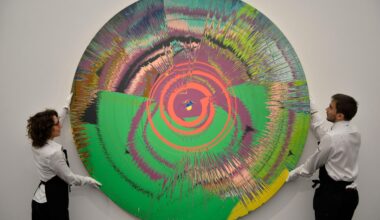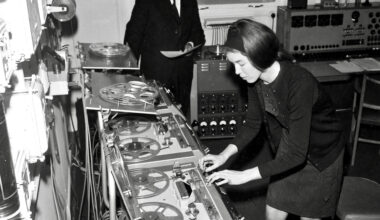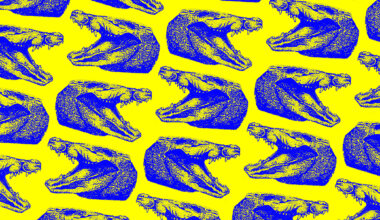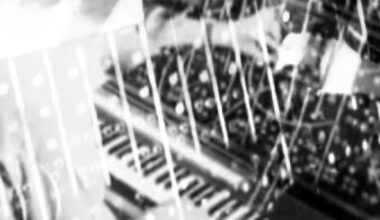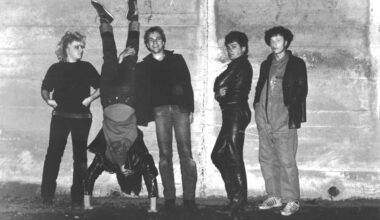A new album, ‘Under The Island: Experimental Music In Ireland 1960-1994’, focuses on an amazing bunch of late 20th century Irish bedroom producers and their early, lo-tech tinkerings
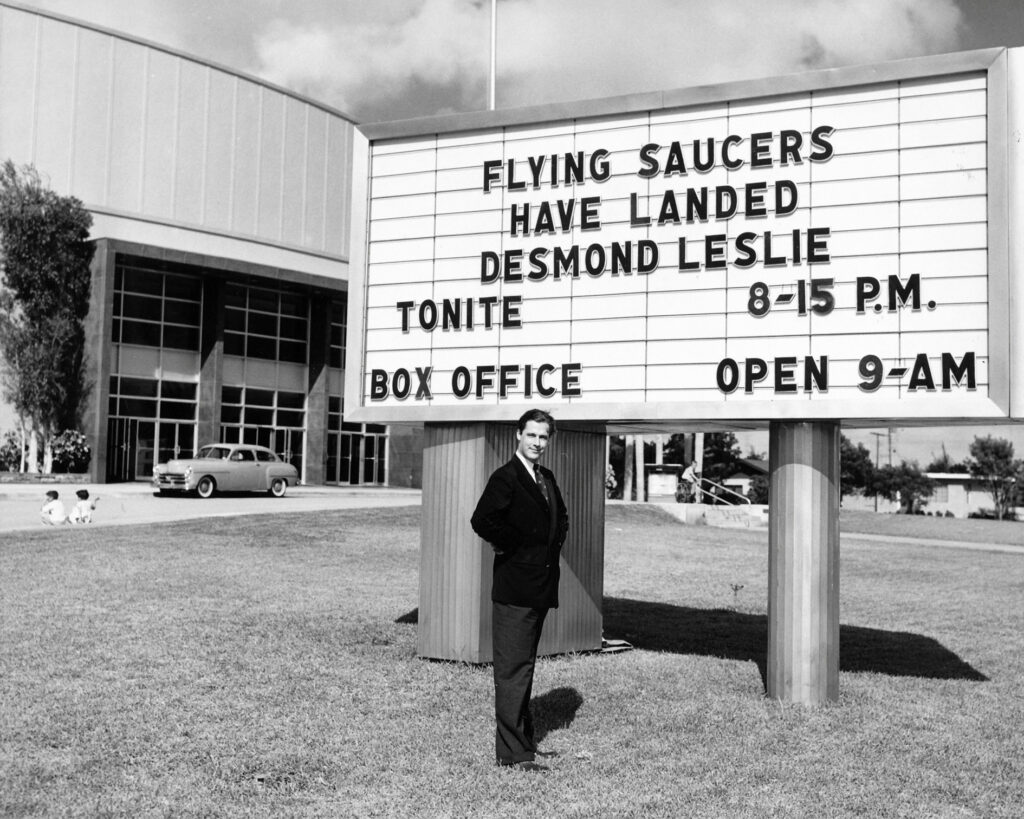
It’s 1977. While punk is raging in London, across the Irish Sea in one of the faraway towns, a 16-year-old Dubliner is fiddling around with a Dictaphone.
“I developed a fascination with them,” remembers Daniel Figgis. “I was in a band at the time, called Normal Service. Our concerts weren’t going well, and I didn’t really like the inclinations of the other members. So I thought I’d try a more esoteric approach.”
He decided to deconstruct one of the group’s performances, using one of their tape recordings, a pair of scissors and Sellotape. The result, ‘Look! I’m Running!’, is a three-way sonic argument between a rock band, a Space Invaders machine and an artillery gun. It wasn’t the first time Figgis had used a Dictaphone in this way.
“One time, my aunt and uncle were having an argument. I recorded it, and then while they were continuing to talk I played excerpts from the earlier argument to plug the holes in their conversation. They started to argue with the earlier version of themselves and that fascinated me.
“I have no recollection of playing ‘Look! I’m Running!’ to anybody. But I must have played it to my parents. I grew up in working-class Dublin, in a classic kitchen sink drama scenario where we lived with my grandparents. We had an outside toilet – you’d have to go down four flights of stairs in the middle of the night and out into the back yard if you wanted to have a pee.”
‘Look! I’m Running!’ is just one of a number of pieces on ‘Under The Island: Experimental Music In Ireland 1960-1994’, a new compilation cataloguing the experimental music being created in Ireland in the late 20th century. It’s revelatory, in that it shows that far from what was perceived to be the hub of cutting-edge music at that time – London, New York or Düsseldorf – extraordinary, forward-thinking sounds were being created, often with the most basic of technology.
The phrase “lo-fi” barely covers it. There’s Sean O’Huiginn’s ‘Flostic’, also from 1977, which uses dental floss, elastic bands and an oven rack to create what sounds like the cries of a distressed Clanger. And ‘Lake Waters Of Sorrow’ by Nigel Rolfe, a piece which poses the question – what would a bodhrán sound like if you filled it with milk and blew rose petals across the tensile surface? Answer: like Moomins dancing on a frozen lake.
Meanwhile, Danny McCarthy’s ‘Music For An Electric Hurling Stick’ is exactly that – a piece played on a hurling stick plus strings and pickup. It was part of a series of experiments that employed sports equipment as instruments.
All these upend preconceived notions of what music is. There’s the otherworldly opener ‘Esoteric Sound Poem’ (1960), a stirring, six-minute sonic coagulation of contorted samples by Desmond Leslie, an ex-Spitfire pilot and true maverick who became a pioneer of musique concrète (his music was sporadically featured on ‘Doctor Who’).
Perhaps most astonishing, though, is Roger Doyle’s ‘Tape Piece One’. Recorded in 1971 at his parents’ house in Dublin and using tools that many teenagers would have had in their bedroom at the time – a tape recorder, a radio and a record player – Doyle constructed a collage that juxtaposes, among other things, ‘Peer Gynt’, ‘Greensleeves’, The Beatles, the BBC News, ‘Theme From A Summer Place’ and ‘God Save The Queen’. It’s ‘Revolution 9’, but more brazen and defiant – joyful, even.
“In some respects, the Roger Doyle piece is the marker,” suggests Dave Clifford, who wrote the sleeve notes to ‘Under The Island’. “It’s someone reaching out from the DIY dark of Ireland at that time and making something… quite psychotic really. It stitches together film, religion, pop, the news and comedy in musical form. It’s a fantastic piece of work.”
Clifford was familiar with many of the names on the compilation. Best-known for Vox, the early 1980s fanzine that was Ireland’s version of Sniffin’ Glue, his essay paints a picture of a nation as a cultural wasteland, dominated by the Catholic church and the showbands. By the late 1970s, though, change was arriving, and ‘Under The Island’ places these sound artists – who were largely working in isolation from each other – as heroic outliers. They were part of and, in some cases predated, punk’s cultural earthquake.
Probably the most famous name on the compilation is David Cunningham, head Flying Lizard, who was brought up in Armagh but left for Maidstone College of Art in 1973.
“I don’t think of myself as an Irish artist,” he says today. “I mean, my accent has gone – it’s just disappeared over 47 years.”
His contribution to the album, ‘UI 58’, is an experiment he made in 1976.
“It was, ‘Let’s just try and see what happens’. I made a tape loop of one note on the Stylophone, played it on the tape recorder and overdubbed it three or four times on the Revox. It was the very first time I had done anything like this with overlaying tapes of the same material.
“At the time, I wasn’t aware of anyone doing anything similar in Ireland. I mean, out of the whole of our sixth form pretty much everyone went to university in Dublin or mainland UK. The Northern Irish culture was very chauvinist, anti-art, anti-women, anti-gay, anti-Catholic, and if they’d had enough black people it would have been racist too.”
By then, Cunningham was well on his way to a long career in experimental music, which took him around the world and some time later, into the ‘Top Of The Pops’ studio. Roger Doyle ended up working at the highest level in theatre and music composition, Nigel Rolfe worked in performance art, Danny McCarthy as a sound artist, while Daniel Figgis himself signed a record deal at 19 and has sustained a 40-year career in left-field music, with a new album out in 2024. For all these artists there was a happy ending.
For Ireland too. ‘Under The Island’ reveals that beyond rock and folk music, the country has an experimental tradition as rich as any other European nation.
“It’s a huge and valuable document,” says Dave Clifford. “And now it’s a piece of cultural history – something to have in your hand, to say ‘this happened’.”
‘Under The Island: Experimental Music In Ireland 1960-1994’ is out on Nyahh
